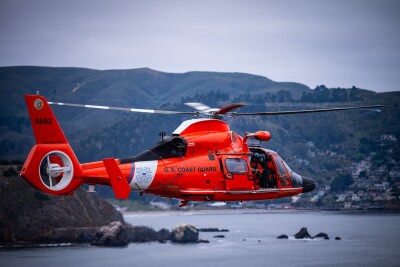A new seasonal forecast developed by NOAA scientists predicts cooler bottom-water temperatures across the Gulf of Maine this spring and summer, making a notable shift for one of the fastest-warming ocean regions in the world.
The experimental outlook, released as part of NOAA Fisheries’ 2025 New England State of the Ecosystems Report, points to a southward movement of the eastern Gulf Stream and a potential influx of cooler Labrador Slope and Scotian Shelf waters as key drivers behind the recent trend. As a result, scientists expect bottom temperatures in the Gulf to be between 0.9 and 1.8 degrees Fahrenheit cooler than average.
“The cooling trend from the Labrador Shelf region is significant and could have important effects on local marine ecosystems and fisheries,” said Vincent Saba, a research fishery biologist at NOAA’s Northeast Fisheries Science Center.
Bottom-water temperatures are a critical factor for many of the region’s most important species. Groundfish such as cod, haddock, pollock, and several flounder species tend to thrive in cooler waters. Lobster, New England’s highest-value fishery, is also temperature sensitive. According to NOAA, warming waters have already contributed to the collapse of the southern New England lobster population, while the Gulf of Maine stock has surged.
“This is the first product to offer high-resolution predictive information on ocean conditions at near-term time scales for the full East Coast of the U.S.,” said Katherine Mills, senior scientist at the Gulf of Maine Research Institute. “Species in the groundfish complex- like cod, haddock, and winter flounder- are more productive when water temperatures are cooler. This information can be used to anticipate where and when certain marine species might be available and help commercial harvesters and supply chain businesses more effectively plan their operations.”
This seasonal outlook was developed through NOAA’s Changing Ecosystems and Fisheries Initiative (CEFI) using the SPEAR model- short for “Seamless System for Prediction and Earth System Research”- in combination with the higher-resolution Modular Ocean Model version 6 (MOM6). Together, they generate predictions from the Gulf of Maine to the Caribbean.
“These outlooks help us communicate these predicted changes, allowing the fishing industry and coastal communities to prepare and respond effectively,” Saba said.
NOAA reports that continued monitoring will be crucial in confirming long-term trends, as new predictive tools emerge to support U.S. fisheries management.







